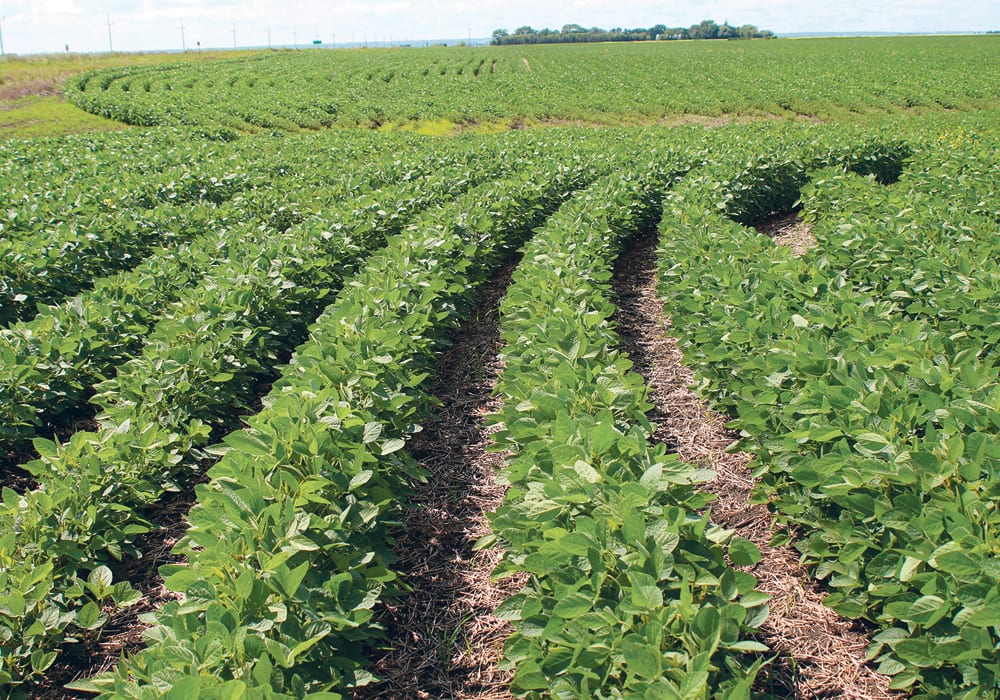A disappointing growing season in both Manitoba and Saskatchewan this summer is expected to cut into 2019 acres
Cinderella’s gown is looking tired and tattered.
For about a dozen years, soybeans were the “it” crop in Manitoba as acres went from nothing to more than two million.
That Cinderella status is now in doubt as a number of producers have second thoughts about beans.
At a Keystone Agricultural Producers meeting held mid-November in Portage la Prairie, Man., four or five farmers reported disappointing soybean yields in their region of the province. Several predicted that acres will likely drop in 2019 because soybean yields were 10 to 20 bushels lower than canola.
Read Also

Using artificial intelligence in agriculture starts with the right data
Good data is critical as the agriculture sector increasingly adopts new AI technology to drive efficiency, sustainability and trust across all levels of the value chain.
Dennis Lange, a Manitoba Agriculture provincial pulse specialist, has heard a similar vibe — producers are less enthusiastic about beans.
“We saw higher yields in canola and saw higher yields in other crops this year, so we’re probably going to see a drop in acres.”
Manitoba had 2.3 million acres of beans in 2017 and 1.9 million this year.
In 2019, Lange expects a further decline of 300,000.
“I’ll throw a number out there: 1.6 million. That’s a number I’m comfortable with.”
Reports from Saskatchewan also point to an acreage decline.
Based on Soy Canada numbers, the province had 850,000 acres of soybeans in 2017 and 407,000 in 2018.
Soybean growers in the province had poor crop in 2017 with yields of 15 to 25 bu. per acre.
Yields improved this fall, but the provincial average is likely below 30.
“I would say better than 2017, but that’s a very low bar to (exceed). I still don’t think they (soybeans) are going to be very economical, relative to other crops,” said Gerrid Gust, who farms near Davidson, Sask., and grew 400 acres of beans.
“The yield relative to canola or other pulses in the rotation, we’re not there yet.”
Soybean acres will likely take a hit in 2019, Gust added.
And if India removes its import tariffs on pulse crops, prompting a jump in pea and lentil prices, soybeans could see a dramatic drop in Saskatchewan.
In Manitoba, Lange figures the average yield will be 32 to 34 bu. per acre. That’s not horrible, but it’s well below the record 42 bu. average set in 2016.
The main reason for substandard yields was hot and dry weather in July and August. Beans need moisture in early August for pod fill.
If canola yields were sub-par this year, growers could accept soybeans in the low 30s. However, reports indicate that canola yields were relatively strong in Manitoba.
Many producers had yields in the 50s, and the provincial yield could be 44 bu. per acre, said Chuck Fossay, Manitoba Canola Growers Association president.
The acreage backslide in Manitoba and Saskatchewan may be a temporary setback, but it seems like Canada’s soybean industry needs a better year in 2019 to restore the crop’s once-glittering status on the Prairies.
















